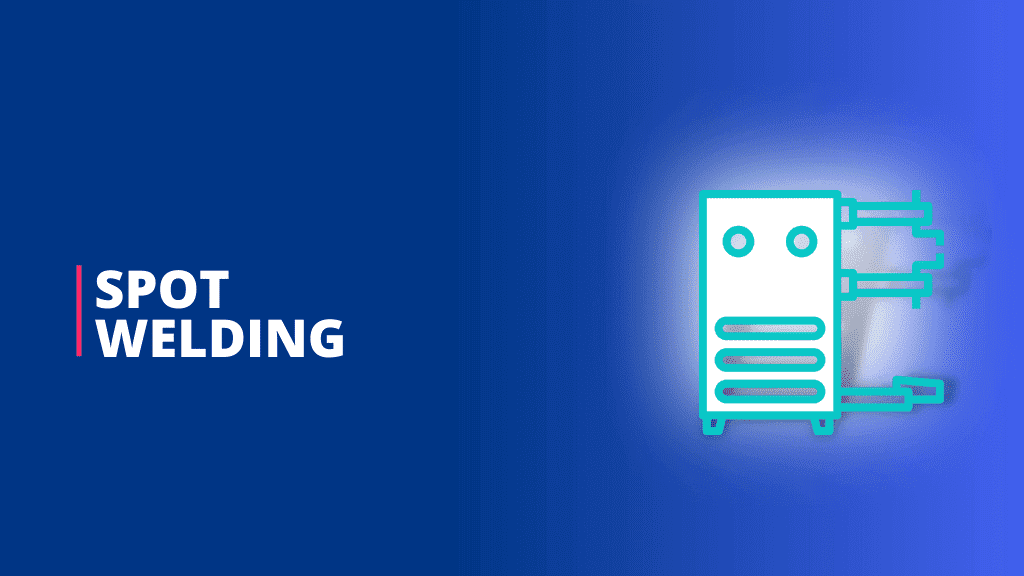What is Defects & Discontinuity?
Defects : A flaw or flaws that by nature or accumulated effect render a part or product unable to meet minimum applicable acceptance standards or specifications. The term designates rejectability.
Discontinuity : An interruption of the typical structure of a material, such as a lack of homogeneity in its mechanical, metallurgical, or physical characteristics. A discontinuity is not necessarily a defect.
Weld Joint Discontinuity
- Misalignment (hi-lo)
- Underfill
- Concavity or Convexity
- Undercut
- Excessive reinforcement
- Improper reinforcement
- Overlap
- Burn-through
- Incomplete or Insufficient Penetration
- Incomplete Fusion Surface irregularity Overlap
- Spatter
- Cracks
- Porosity
DIMENSIONAL DEFECTS
A Dimensional defects are any defect that cause the weld metal. Parent metal, work piece to be out of specification or tolerance. Know more about the What is welding & types of welding processes.
Dimensional defects are mainly caused by improper set up or distortion. This should be managed before the welding process.
Misalignment
Definition
Amount a joint is out of alignment at the root


Cause
Carelessness. Also Also due to joining different thicknesses (transition thickness)
Prevention
Prevention: Workmanship. Transition angles not to exceed 2.5 to 1.
Repair
Grinding. Careful on surface finish and direction of grind marks. Inside of Pipe /Tube difficult.
UNDERCUT
Definition
A groove cut at the toe of the weld and left unfilled.


Cause
High amperage, electrode angle, long arc length, rust
Prevention
Set machine on scrap metal. Clean metal before welding.
Repair
Weld with smaller electrode, sometimes must be low hydrogen with preheat.
Undercut typically has an allowable limit. Different codes and standards vary greatly in the allowable amount.
INSUFFICIENT FILL / WELD SHIFT
Definition
The weld surface is below the adjacent surfaces of the base metal

Cause
Improper welding techniques
Prevention
Apply proper welding techniques for the weld type and position.
Repair
Simply weld to fill. May require preparation by grinding.
CONCAVE AND CONVEX WELD PROFILES
Definition
Concavity or convexity of a fillet weld which exceeds the specified allowable limits
CONCAVE WELD
The concave defect cause the weld to be weak across the throat of the weld (Middle).

Causes
- Travel speed is to quick
- Amps are to high
- Poor electrode Manipulation
CONVEX WELD
The convex defect cause the weld to become weak at the toes of the weld (outer edges).

Causes
- This is caused by :
- Travel speed being to slow
- Amps to low
- Poor electrode manipulation.
Prevention: Observe proper parameters and techniques.
Repair: Grind off or weld on. Must blend smoothly into the base metal.
BURN-THROUGH
Definition:
When an undesirable open hole has been completely melted through the base metal. The hole may or may not be left open.

Cause
Excessive heat input.
Prevention
Reduce heat input by increasing travel speed, use of a heat sink, or by reducing welding parameters.
Repair
Will be defined by standards. Filling may suffice. Otherwise, removal and rewelding may be required. Some standards may require special filler metal.
INCOMPLETE FUSION AND PENETRATION
Incomplete root fusion is when the weld fails to fuse one side of the joint in the root, and incomplete penetration occurs when both sides of the joint are unfused.
Some of the causes are:-





These defects can be reduced in welding by Using the correct welding parameters and Electrode size, This will give the correct arc energy Input.
Incomplete or Insufficient Penetration
Definition
When the weld metal does not extend to the required depth into the joint root
Cause
Low amperage, low preheat, tight root opening, fast travel speed, short arc length.
Prevention
Correct the contributing factor(s).
Repair
Back gouge and back weld or remove and reweld.
Incomplete Fusion
Definition
Where weld metal does not form a cohesive bond with the base metal.

Cause
Low amperage, steep electrode angles, fast travel speed, short arc gap, lack of preheat, electrode too small, unclean base metal.
Prevention
Eliminate the potential causes.
Repair
Remove and reweld, being careful to completely remove the defective area. This is sometimes extremely difficult to find.
SPATTER
Definition
Small particles of weld metal expelled from the welding operation which adhere to the base metal surface.

Cause
Long arc length, severe electrode angles, high amperages. Incorrect welding conditions and/or contaminated consumables or preparations, giving rise to explosions within the arc and weld pool
Prevention
Correct the cause. Base metal can be protected with coverings or hi-temp paints.
Repair
Remove by grinding or sanding. Sometimes must be tested as if it were a weld.
Crack
Solidification Cracking
Causes: –Large depth/width ratio of weld bead –High arc energy and/or preheat –Sulphur, phosphorus or niobium pick-up from parent metal


Hydrogen Cracking

Causes:
- Hardened HAZ coupled with the presence of hydrogen diffused from weld metal.
- Susceptibility increases with the increasing thickness of section especially in steels with high carbon equivalent composition.
- Can also occur in weld metal
- Increase welding heat beneficial
- Preheating sometimes necessary
- Control of moisture in consumables and cleanliness of weld prep desirable
Prevention
- Preheat slows down the cooling rate; this can help avoid martensite formation and supplies heat to diffuse hydrogen out of the material
- Low-hydrogen welding procedure
Lamellar Tearing
Causes: –Poor ductility in through-thickness direction in rolled plate due to non-metallic inclusions –Occurs mainly in joints having weld metal deposited on plate surfaces –Prior buttering of surface beneficial for susceptible plate


Surface Porosity

•Causes: –Excessive contamination from grease, dampness, or atmosphere entrainment –Occasionally caused by excessive sulphur in consumables or parent metal
Reinforcement
The amount of a groove weld which extends beyond the surface of the plate

- Excessive
- Insufficient
- Improper contour
Excessive Reinforcement
Definition
Specifically defined by the standard. Typically, Reinforcement should be flush to 1/16”(pipe) or flush to 1/8” (plate or structural shapes).
Cause
Travel speed too slow, amperage too low
Prevention
Set amperage and travel speed on scrap plate.
Repair
Remove excessive reinforcement and feather the weld toes to a smooth transition to the base plate.
Insufficient Reinforcement
Definition
Specifically defined by the standard. Typically, Underfill may be up to 5% of metal thickness not to exceed 1/32” as long as the thickness is made up in the opposite reinforcement.
Cause
Travel speed too fast.
Prevention
Use proper welding technique. Use backing or consumable inserts. Use back weld or backing.
Repair
Possibly simply increase the face reinforcement. If back welding is not possible, must remove and reweld.
Improper Weld Contour
Definition
When the weld exhibits less than a 1350 transition angle at the weld toe.

Cause
Poor welding technique
Prevention
Use proper techniques. A weave or whip motion can often eliminate the problem.
Repair
The weld face must be feathered into the base plate.
Overlap
Definition
When the face of the weld extends beyond the toe of the weld.

Cause
Improper welding technique. Typically, electrode angles and travel speed.
Prevention
Overlap is a contour problem. Proper welding technique will prevent this problem.
Repair
Overlap must be removed to blend smoothly into the base metal. Be careful of deep grind marks that run transverse to the load. Also be careful of fusion discontinuities hidden by grinding. Use NDT to be sure.

I am a full time Engineer and Quality Professional with over 11+ years of experience in the automotive industry. My professional journey has started from a small enterprise quality inspector to a advanced quality expert. I am creating a good-quality content for engineers. Help them to grow in their career.Learn more here.






